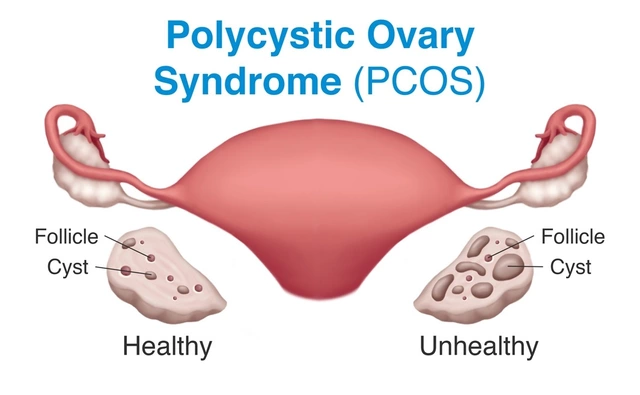Buy Atorvastatin Online: Safe, Simple, and Trusted Tips for 2025
July 5 2025Estrogen: What It Does and Why It Matters
Estrogen is more than a “female hormone.” It helps regulate periods, bone strength, mood, vaginal health, and even blood vessels and brain function. Levels change across life—high during reproductive years, dipping in perimenopause and menopause. Knowing what estrogen does makes decisions about replacement or treatment easier and safer.
Common Types and How You Take It
There are three main natural types: estradiol (most active), estrone, and estriol. In medicine you’ll see estradiol most often, plus synthetic options. Routes matter because they affect how your body sees the hormone:
- Oral pills (tablets): easy to take but pass through the liver first, which can change clotting factors and some drug interactions.
- Patches and gels: steady delivery through the skin, often lower risk for liver-related side effects.
- Vaginal creams, rings, or tablets: target local symptoms like dryness or painful sex with minimal whole-body exposure.
- Injections or implants: used less often, usually under close medical supervision.
Who Might Need Estrogen—and What to Watch For
People commonly use estrogen for menopause symptoms (hot flashes, night sweats, vaginal dryness), for bone protection when the risk of osteoporosis is high, or as part of gender-affirming care for transgender women. Younger women with premature ovarian insufficiency may also need it to support bone and heart health.
But estrogen isn’t for everyone. If you have a history of blood clots, certain cancers (like some breast cancers), or active liver disease, your doctor may avoid systemic estrogen or choose a lower-risk route. Smoking and age over 60 increase some risks. That’s why a one-on-one check with a clinician is essential before starting therapy.
Common side effects include breast tenderness, nausea, bloating, and spotting. Serious but rare risks include blood clots and stroke. Your provider should review your personal and family history, and may order baseline tests (blood pressure, lipid panel, sometimes clotting tests) before you start.
Medications can interact with estrogen—some anticonvulsants, rifampin, and St. John’s wort can lower its effect. Estrogen can affect how blood thinners work, so tell your clinician about all medicines and supplements.
Want to try estrogen? Talk to a clinician about goals: symptom control, bone protection, or gender care. Start with the lowest effective dose and route that fits your needs. If buying online, always use a licensed pharmacy and require a prescription; check pharmacy credentials (look for regulatory seals or reviews) and avoid sellers that skip medical checks.
Monitoring matters: check in after a few weeks for side effects and again at 3–6 months to reassess symptoms and risks. If you stop estrogen, do it with guidance—some symptoms can return quickly, and abrupt changes may feel rough.
Estrogen choices can be simple if you focus on what you want to treat, your health risks, and the delivery method that fits your life. Talk openly with your provider, ask about non-hormonal options too, and keep records of doses and effects so changes are clear and safe.
 27 May
27 May
Premarin: Benefits, Risks, and Real-Life Guide for Hormone Therapy
Premarin is one of the most prescribed medications for women dealing with menopause symptoms. This article covers what Premarin is, how it works, its risks and benefits, and tips for managing side effects. You'll also learn facts rarely discussed and see whether it's the right fit for you or someone you know. Get real advice and current data for everyday women making big health decisions.
Read More...




